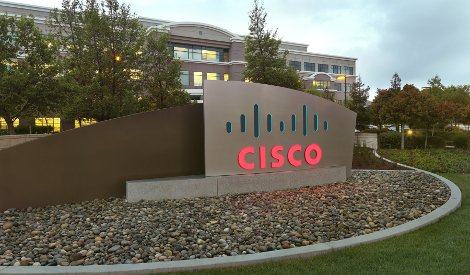Cisco has signed an agreement to acquire Sourcefire, a cybersecurity solutions company, for about US$2.7bn. The company said it will combine Sourcefire's technology and research team with its own to provide threat protection across devices and clouds.
Sourcefire's technologies include intrusion prevention systems, firewalls and malware protection. Cisco said the acquisition added a team with “deep security DNA” to its war chest.
Hilton Romanski, VP of corporate development at Cisco, said Sourcefire aligned well with the San Jose networking giant's future vision for security. “Through our shared view of the critical role the network must play in cybersecurity and threat defense, we have a unique opportunity to deliver the most comprehensive approach to security in the market,” he said.
Columbia, Maryland-based Sourcefire was founded in 2001 and commenced an initial public offering in 2007. Cisco's acquisition offer was $76 per share in cash.
The 650-employee security company reported revenue of about $223m for 2012 – up 35% year over year.
Christopher Young, senior VP at Cisco's security group, said the notion of the “perimeter” no longer existed, as today's attackers were able to circumvent disparate security products companies used. “Organizations require continuous and pervasive advanced threat protection that addresses each phase of the attack continuum,” he said.
“With the acquisition of Sourcefire, we believe our customers will benefit from one of the industry's most comprehensive, integrated security solutions – one that is simpler to deploy and offers better security intelligence.”
Cisco expects to close the acquisition during the second half of calendar year 2013.
Prior to the close, Cisco and Sourcefire will continue to operate as separate companies. Upon completion of the transaction, Sourcefire employees will join the Cisco Security Group, which is led by Young.

